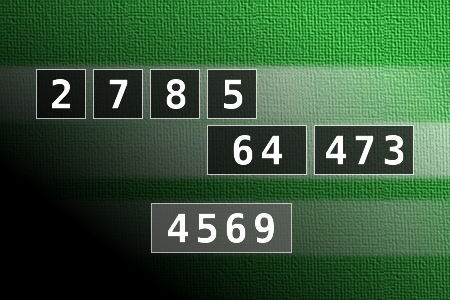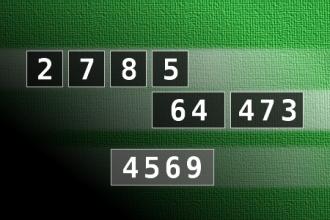Calculate the number 4569
NUMBERMANIA: Calculate the number 4569 using numbers [2, 7, 8, 5, 64, 473] and basic arithmetic operations (+, -, *, /). Each of the numbers can be used only once.Correct answers: 0
#brainteasers #math #numbermania

Pray Before Eating
Everyone was seated around the table as the food was being served. When little Logan received his plate, he started eating right away.
"Logan, wait until we say our prayer," his mother reminded him.
"I don't have to," the little boy replied.
"Of course you do," his mother insisted, "we say a prayer before eating at our house."
"That's at our house," Logan explained, "but this is Grandma's house and she knows how to cook."

